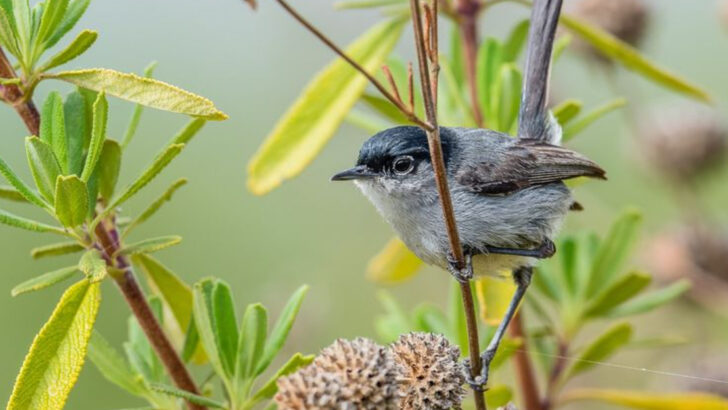Some birds are loyal—not to mates, but to maps.
Each year, like clockwork, these rare songbirds cross entire continents just to nest in one very specific U.S. state. Not two. Not three. One. And if that sounds picky, it absolutely is.
They don’t care if your yard has a birdbath.
They won’t be tempted by your feeder.
They want their forest, their meadow, their patch of swamp.
Anything else? Not good enough.
These are the one-state wonders of the bird world—elusive, enchanting, and fiercely committed to their birthplace. From secretive warblers that only touch down in Michigan, to mountain birds that flirt with the clouds of Colorado, each one has a favorite summer getaway.
Let’s pull back the curtain on these feathered loyalists. You won’t believe how far they fly just to raise a family in one tiny corner of the country.
California Gnatcatcher
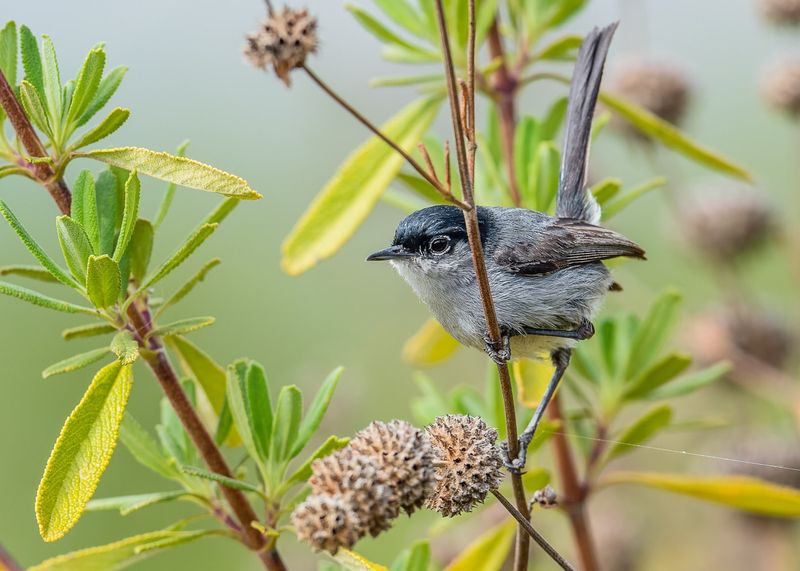
In the sun-drenched chaparral of Southern California, the California Gnatcatcher flits through the sagebrush. This tiny bird, with its dusky blue-gray plumage and distinctive white eye ring, sings a soft, scratchy song. The habitat is bustling with life, yet the gnatcatcher remains elusive, darting swiftly among the shrubs. Its presence is a testament to the unique ecosystem of California’s coastline. Conservation efforts are critical, as urban development threatens its habitat. Birdwatchers cherish sightings of this delicate bird, which embodies the fragile beauty of California’s natural landscape.
Florida Scrub-Jay
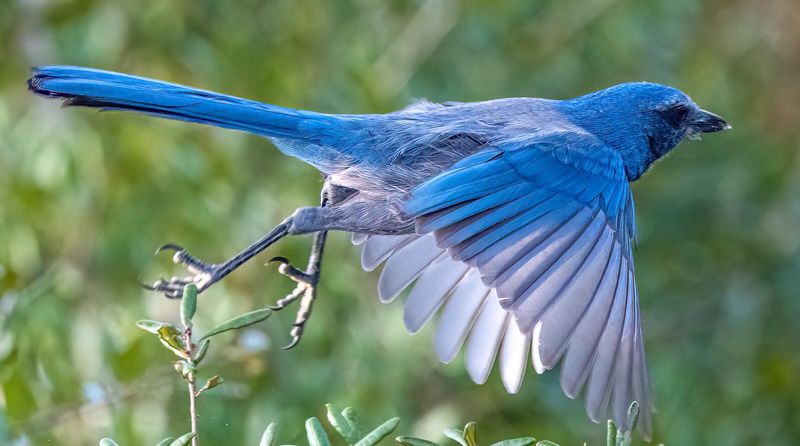
Amidst Florida’s sandy scrublands, the Florida Scrub-Jay stands out with its brilliant blue plumage and curious nature. These birds are known for their intelligence and social structure, functioning in family groups. As they hop along the sandy terrain, their presence signals the health of the rare scrub ecosystem. Unique to Florida, these jays are highly territorial, often seen chasing intruders from their domain. Unfortunately, habitat loss has placed them on the endangered list, making conservation efforts vital to their survival in the wild.
Hawaiian Honeycreeper
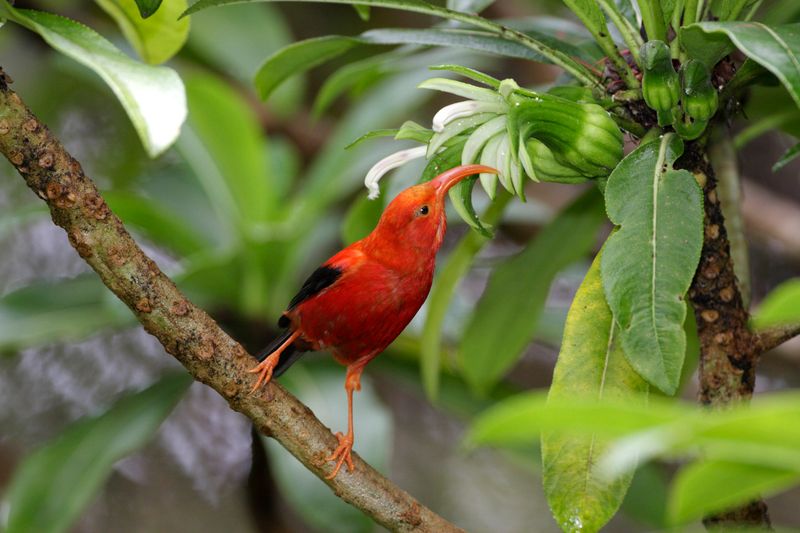
In Hawaii’s lush rainforests, the Hawaiian Honeycreeper thrives, displaying a dazzling array of colors and beak shapes. These birds have evolved to feed on nectar, often from native flowers, making them integral to the ecosystem. Each honeycreeper species has adapted to specific islands, showcasing evolutionary marvels. However, these jewels of the forest face threats from habitat destruction and introduced diseases. Conservationists work tirelessly to protect their habitats, hoping to preserve these vibrant symbols of Hawaii’s unique biodiversity.
Kirtland’s Warbler
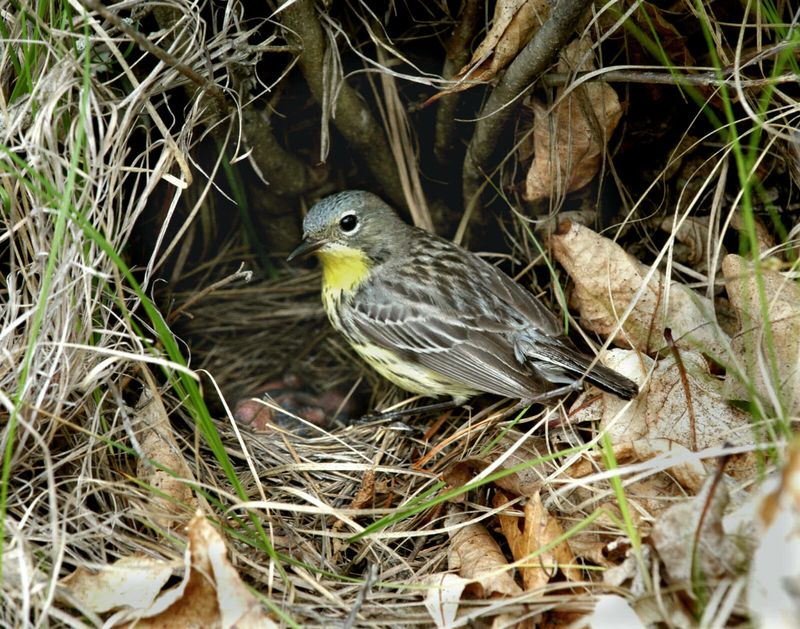
Nestled in the young jack pine forests of Michigan, the Kirtland’s Warbler sings a distinctive, cheerful song. With its bright yellow belly and striking black markings, it captures the heart of anyone fortunate to spot it. This warbler relies on fire-adapted ecosystems, where new growth provides nesting sites. Conservation efforts have helped increase their population, once teetering on the edge of extinction. The return of the Kirtland’s Warbler stands as a conservation success story, inspiring hope for other endangered species.
Red-cockaded Woodpecker
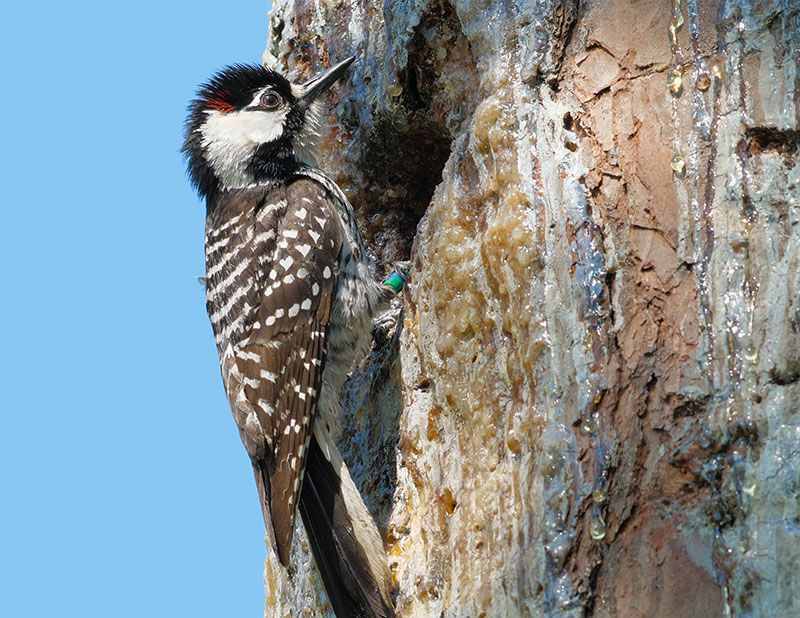
In the longleaf pine forests of the southeastern U.S., the Red-cockaded Woodpecker carves its home. This bird, with striking black and white plumage and a small red patch, plays a crucial role in its ecosystem. By excavating cavities in living pines, it creates habitats for other species, promoting biodiversity. However, loss of these forests has endangered the woodpecker. Conservationists have focused on habitat management and restoration, ensuring these unique woodpeckers continue their vital ecological role. Their story highlights the intricate connections within forest ecosystems.
Gunnison Sage-Grouse
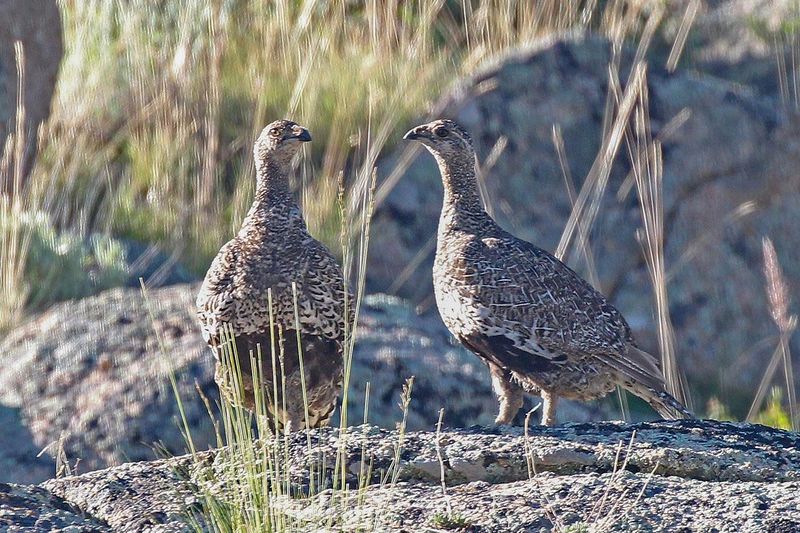
On the sagebrush plains of Colorado, the Gunnison Sage-Grouse performs its unique mating dance. Males display ornate plumage and inflate air sacs to attract females, a spectacle of nature’s pageantry. This species, once widespread, now faces significant threats from habitat fragmentation. Conservation efforts focus on preserving the remaining sagebrush habitat and maintaining genetic diversity. Birdwatchers and scientists alike are drawn to witness this rare dance, a testament to the species’ resilience and the importance of protecting these iconic landscapes.
Spotted Owl

In the shadowy depths of Pacific Northwest old-growth forests, the Spotted Owl surveys its domain. With its deep brown eyes and mottled feathers, it blends seamlessly into the forest. This elusive predator hunts silently, relying on its acute senses to track prey. Deforestation and habitat loss have endangered the owl, making it a symbol for conservation efforts aimed at preserving ancient forests. Protecting the Spotted Owl is seen as preserving a piece of the region’s natural heritage, where the forest echoes with whispers of the past.
Bachman’s Sparrow
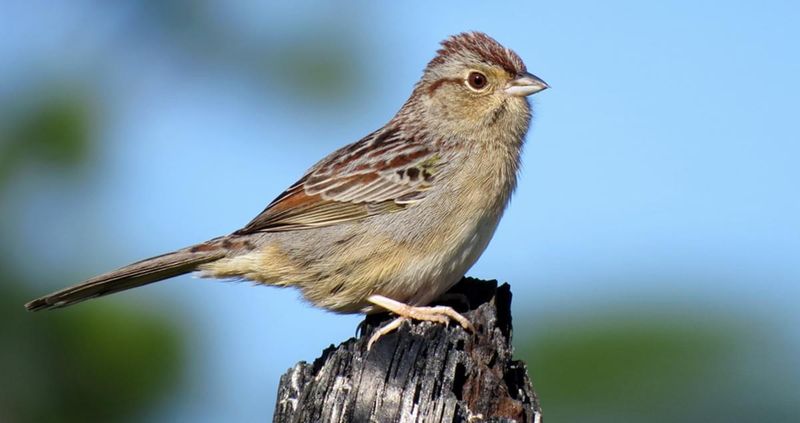
In the open pine savannas of the southeastern U.S., Bachman’s Sparrow sings its melodious tune. With a warm brown appearance, this bird prefers the understory of pine forests managed by fire. Its song is a herald of well-managed ecosystems. However, habitat loss and altered fire regimes pose threats. Conservationists emphasize the importance of maintaining these fire-adapted landscapes. Bird enthusiasts often seek out its clear, sweet song, emblematic of the southeastern pine forests, where nature’s rhythm is guided by fire and renewal.
Mountain Bluebird
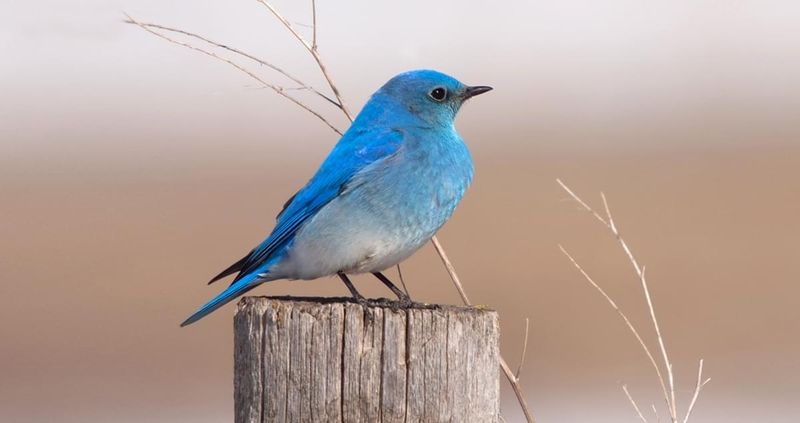
In Idaho’s vast grasslands, the Mountain Bluebird captures attention with its brilliant sky-blue feathers. Perched on a fence post, it surveys the landscape, a flash of color amidst the golden terrain. These birds are known for their aerial acrobatics, catching insects mid-flight. They symbolize the freedom and open spaces of the American West. As natural habitats face pressures from development, efforts to maintain these open landscapes become crucial. The Mountain Bluebird is a reminder of the beauty found in nature’s simplicity.
Ivory-billed Woodpecker
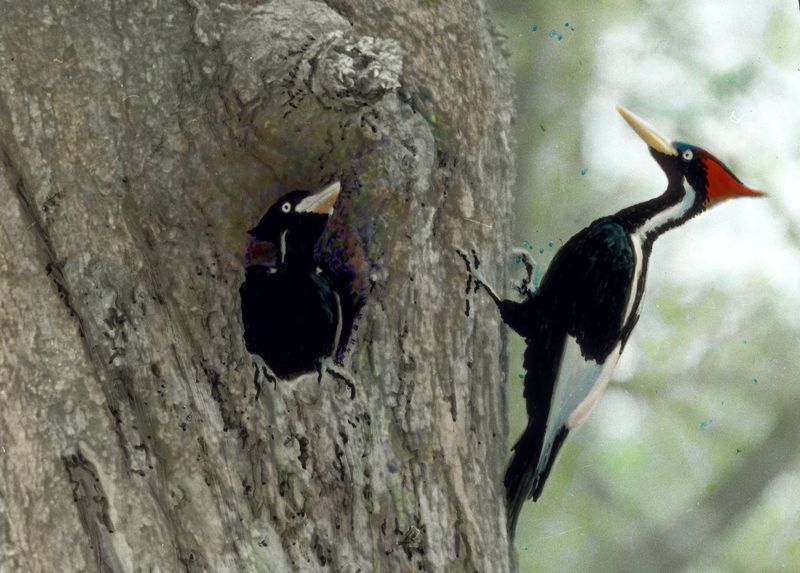
In the mysterious swamps of Arkansas, the Ivory-billed Woodpecker was once thought to be extinct. With its striking black and white plumage, it captured imaginations as a ghost of the forest. Recent sightings offer hope, though proof remains elusive. Conservationists strive to preserve these swamp habitats, nurturing the possibility of rediscovery. The Ivory-billed Woodpecker symbolizes the profound mysteries of nature, where hope and reality intertwine. Its story inspires a deep appreciation for the wilderness, where hidden wonders may still exist beyond the reach of human eyes.
Golden-cheeked Warbler
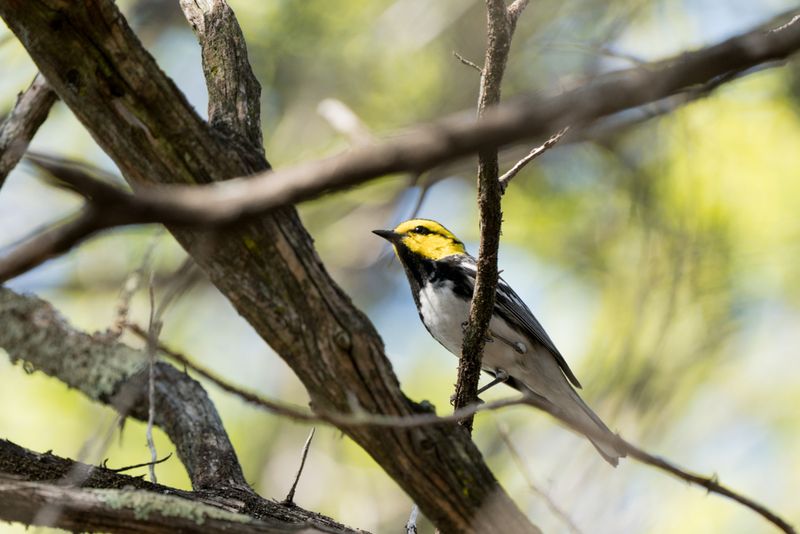
In the oak-juniper woodlands of Texas Hill Country, the Golden-cheeked Warbler sings a high-pitched melody. This tiny bird, with its striking yellow and black plumage, is the only species that breeds exclusively in Texas. These warblers depend on the peeling bark of Ashe junipers for nesting material, weaving intricate homes. Habitat destruction threatens their survival, prompting concerted conservation efforts. Birdwatchers travel from afar to witness this radiant warbler, a vibrant piece of Texas’s natural tapestry, where every note adds to the symphony of life.
Gunnison Sage-Grouse
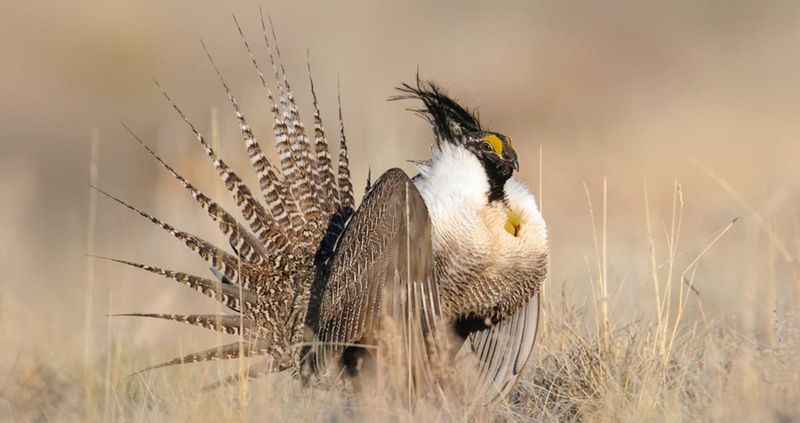
On the sagebrush plains of Colorado, the Gunnison Sage-Grouse performs a remarkable courtship display. Males spread their feathers and inflate their chests, creating an astounding spectacle. This species, smaller than the more widespread Greater Sage-Grouse, is unique to Colorado’s Gunnison Basin. Habitat fragmentation poses a significant threat, leading to conservation efforts focused on habitat preservation and restoration. Bird enthusiasts flock to see this fascinating ritual, a vivid reminder of nature’s intricate dances and the importance of safeguarding these habitats.
Marbled Murrelet
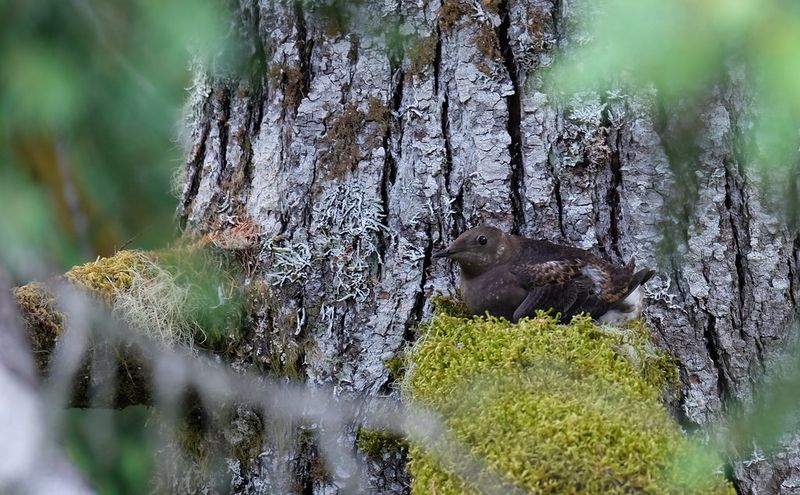
In the foggy coastal forests of the Pacific Northwest, the Marbled Murrelet nests high in the canopy. This seabird, known for its elusive nature, flies inland to nest, a rarity among its kind. Its speckled plumage blends with the forest shadows, making sightings rare. Conservationists work to protect these nesting grounds, vital for the murrelet’s survival. The bird’s story highlights the interconnectedness of marine and terrestrial ecosystems, where the ocean meets the forest. Protecting the Marbled Murrelet ensures the preservation of these coastal treasures.
Bicknell’s Thrush
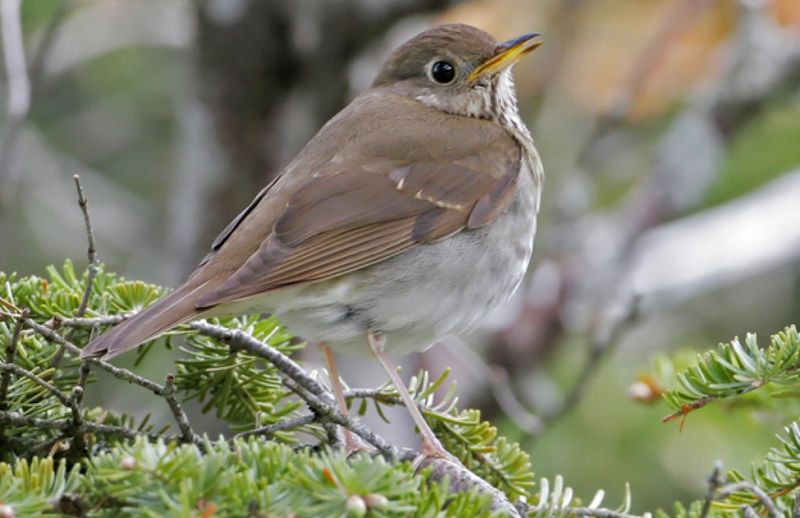
Amidst the high-elevation spruce-fir forests of the Northeastern U.S., Bicknell’s Thrush sings its haunting melody. Known for its elusive nature, this thrush breeds in areas often shrouded in mist, adding an air of mystery. Climate change threatens these habitats, leading to efforts to monitor and preserve these critical breeding grounds. Birdwatchers and researchers alike are captivated by its song, which echoes through the mountains, a call of the wild. Protecting Bicknell’s Thrush is seen as a step toward preserving the delicate balance of these montane ecosystems.
Saltmarsh Sparrow
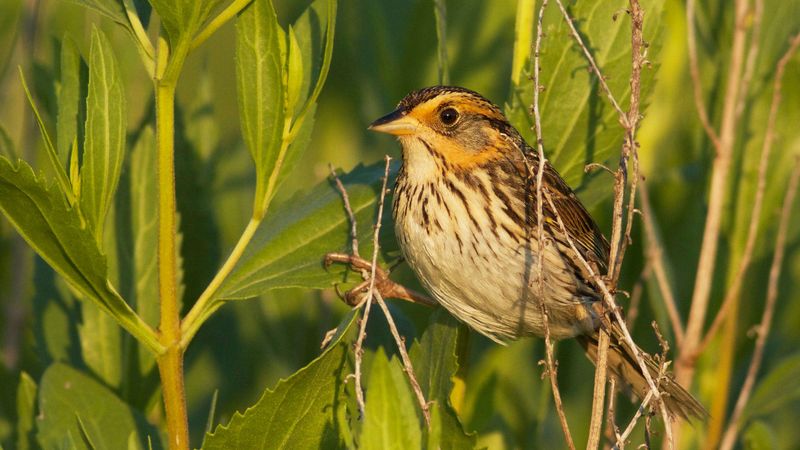
In the tidal marshes along the Atlantic coast, the Saltmarsh Sparrow makes its home. This small bird, with its subtly colored plumage, is unique for its nesting habits, choosing the saltmarshes’ shifting landscapes. Rising sea levels and habitat loss threaten its existence. Conservation efforts focus on preserving these vulnerable coastal ecosystems. Observing the Saltmarsh Sparrow offers a glimpse into a life intricately linked to the tides, where survival hinges on the delicate interplay between land and sea. It’s a reminder of nature’s resilience amid changing climates.
Vermilion Flycatcher
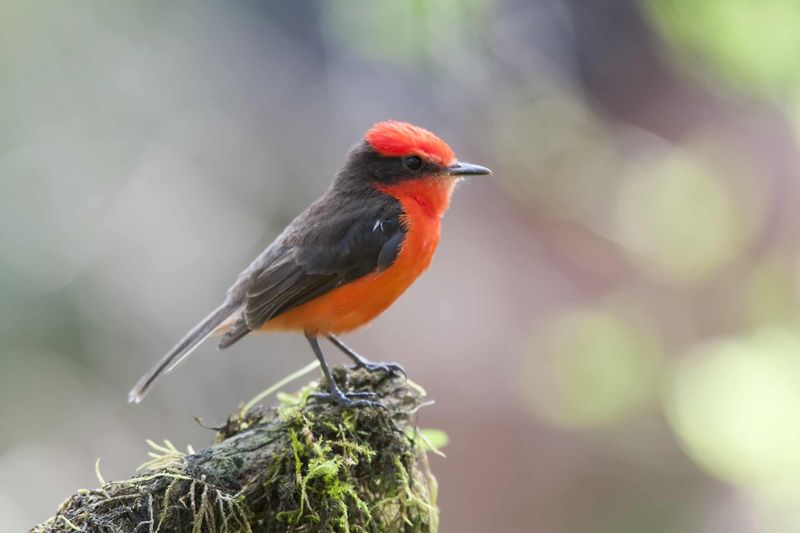
The Vermilion Flycatcher flashes like a fiery gem through the skies of Arizona each breeding season. Males dazzle with their incandescent red feathers, a stark contrast to the more subdued tones of the females. This striking color display is not just for show; it’s a crucial part of their mating ritual. Imagine the sun setting, casting a warm glow over the Arizona desert, and amidst this breathtaking backdrop, the flycatcher’s vibrant hue stands out brilliantly. Known for their agile flight, these birds expertly catch insects mid-air, showcasing both beauty and skill.

